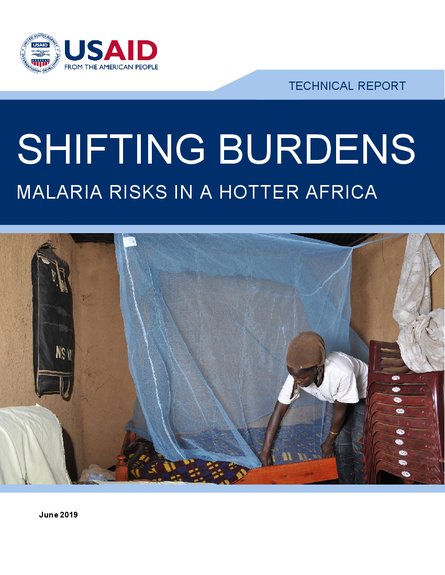
Climate variability and change present both current and future risks to human health. For example, changes in temperature, precipitation, and extreme weather events alter the geographic range, seasonality, and survival of pathogens and the vectors that transmit them. Similarly, these events also increase human exposure to events such as floods, heat waves, and droughts, and put at risk health infrastructure necessary to reduce disease transmission (e.g., health centers, supply chains). Understanding how, when, and under what circumstances climate variability and change impact health outcomes is limited, especially in sub-Saharan Africa.
This study alone is not meant to guide programmatic decisions, additional field studies are needed for these findings to be used as predictive insights. Nevertheless, the purpose of this report is to:
- Increase understanding of the influence of climate variability and change, specifically, rising temperatures on malaria exposure of populations in sub-Saharan Africa
- Provide public health decision-makers and stakeholder practitioners with information to make decisions about malaria planning and programming under a changing climate.
Temperature impacts both the life cycle and habitat of malaria-carrying mosquitoes (genus Anopheles) and parasites. Warmer temperatures may result in new locations suitable for malaria transmission, while currently suitable locations may become too hot, leading to reductions in malaria’s seasonal duration and overall risk. This report analyses the shift in malaria transmission suitability based on projected temperature rise in the short, medium, and longer term (2030s, 2050s, 2080s), as well as the influence of those changes on the number of people at risk.